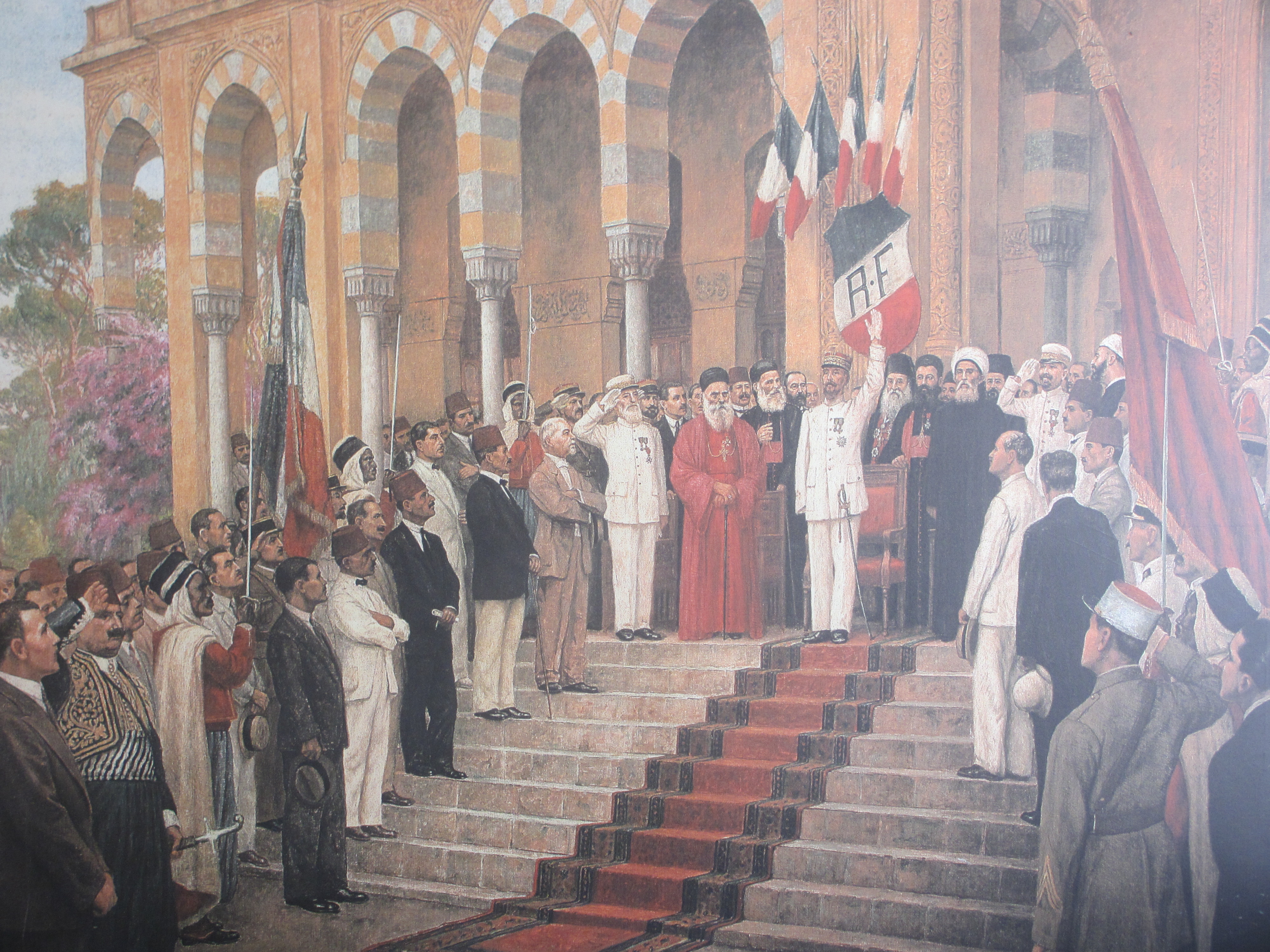Back on the 1st September 1920
The view of Bahjat Rizk
2013-09
Still early September of each year, I have a thought for the September 1, 1920, the Declaration of Greater Lebanon in its current borders. It is a founding date but for several reasons, is often overlooked. 
The adopted official date of our national holiday, which this year marks the 70th birthday, is that of 22 November, the day of the symbolic uprising (and not very bloody) against the French mandate, which lasted less than a quarter of a century and has allowed us to build our political system (Constitution of 1926), largely inspired by the Constitution of the Third French Republic (1870 -1940).
Our Republican and multi-community system is the fruit of the pluralistic experience and avant-garde of the emirate of Mount Lebanon (1516-1842) , the quasi – autonomy caïmacamiyat (1842-1860) , the moutassarrifiya (1860-1920) ,to the founding of Lebanese parliamentary Republic under the French mandate (1926) and independence in the middle of the last century (1943).
Somehow, the first September of 1920 also opens the way for an attachment to modernity and Parliamentary democratic values, through the gradual establishment of political institutions
The French mandate short term (between the two great world wars) will have been only a period of transition.
Crossings Beirut’s by the most illustrious French, General de Gaulle, and his multiple statements remain a living testimony of this more than positive relationship.
The National Pact of 1943 came a little later in mind, devote about Muslim-Christian Understanding
Common values on Lebanese soil. Cultural pluralism is translated by political pluralism that has certainly maintained institutional ambiguity, but we spared the temptation of unilateral dictatorships.
It seems important to establish this historical continuity and cumulative from the emirate, the moutassarrifiya , mandate, and Lebanon’s independence .
Despite the hardships, trauma and fractures, an entity must be part of a rational continuity (temporal and spatial) and assumed consistency.
The value of 1 September 1920 is that defines a territory with new internationally recognized borders. It is well sure whether it is inhabited by a common national spirit, and if we were able to establish and develop a specific Lebanese culture, that we share, different from that of countries around while being inserted into our environment.
Of course, the difficulty of Lebanon was to match the Republican institutions and the community institutions , logic of unity and diversity.
In almost a century, this country has produced its own culture, with very significant gains in terms of freedoms for individual liberties and groups. This experience has also led to frustration, interference and ruptures. It is still not resolved, nor conceptualized. It sets more to the difficulty of arranging at political level the cultural pluralism.
This ambivalence cannot be crossed in concrete way without defining cultural pluralism through
Objective Parameters identity and without creating a strong platform of common structural elements.
Like any building, the identity construction needs pillars and a base. Almost a century after his statement , Lebanese makers must meet around founding principles. Realizing that the space debate should be national and not regional or international.
It is the space defined by 1 September 1920 which they must focus, to stop being a buffer state and become truly, if possible, a nation-state.
(Traslated by Google)



